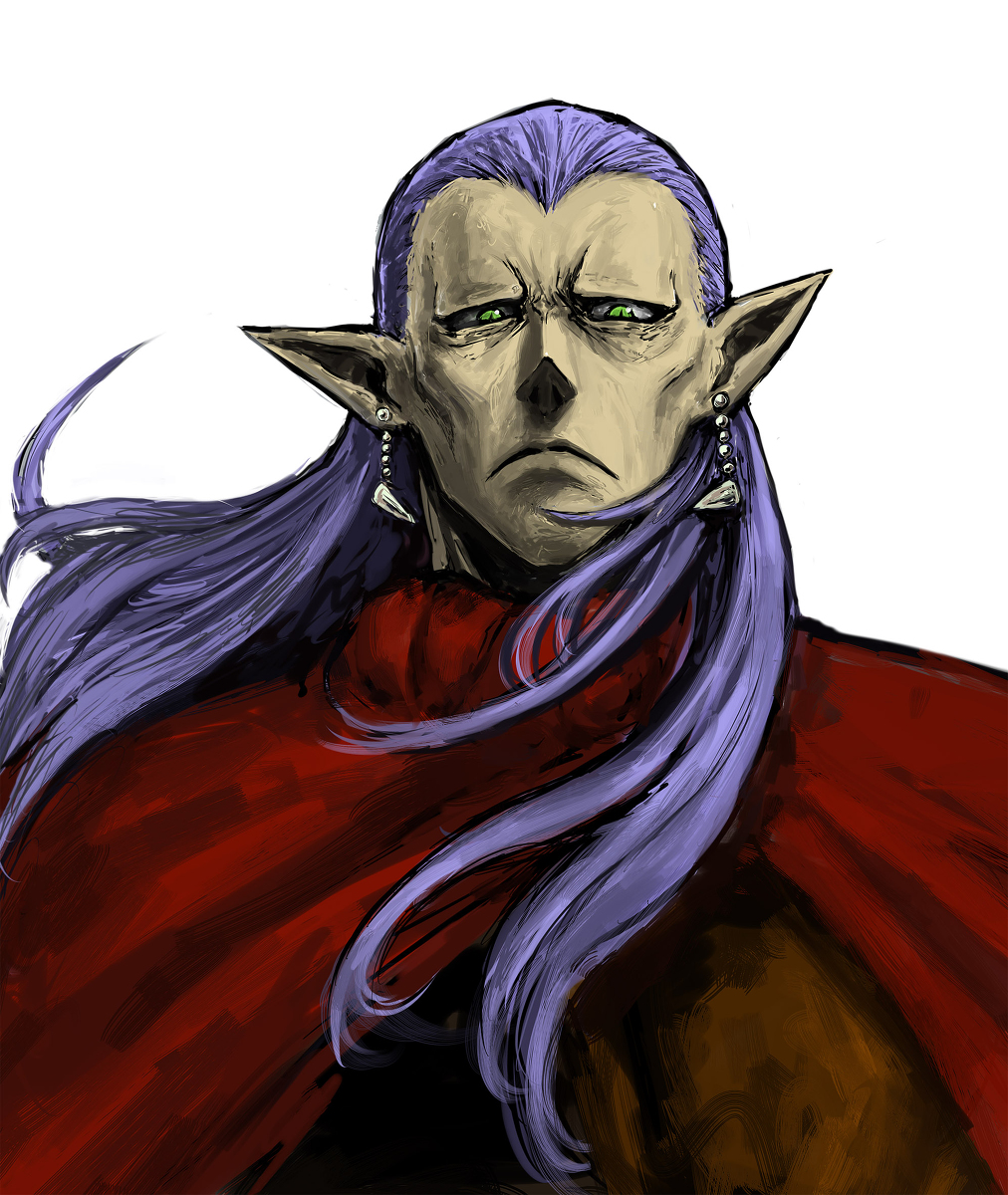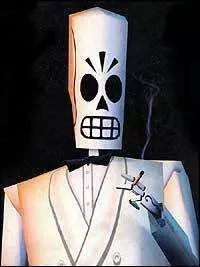Hideo always has his 10 minutes on Game Awards, why? Why other game devs don’t get that much recognition or screen time?
Because in an industry dominated by yearly rehashed minimum viable products like CoD or AC or Battlefield or the plethora of lootbox infested live services meant to fuck your wallet for easy quick RoI for shareholders, Kojima spends time and resources creating new, novel ideas and taking the artistic medium (yes, games are art despite what capital G Gamers want to say) to new and exciting and interesting places.
This is why Hideo Kojima, Yoko Taro, Fumito Ueda, Hideaki Itsuno, Keiichiro Toyama, Eric Barone, Terry Cavanagh, David Szymanski (etc etc etc, I could go on) all get name recognition.
People always SAY they want games to expand and try new things/don’t want the same game every year, but then when someone actually tries, the games get panned as “gimmicky” or “niche” or “pretentious” “pixel graphics indie garbage” or some other flavor of the month phrase gamers use to instantly discredit something that doesn’t immediately and specifically cater to every single one of their preconceived demands on what a “game” is and/or should be.
Outside japan Sam Lake comes to mind too.
Yeah, I added a few western names too (I’m a bit biased to Japanese devs, growing up on JRPGs and whatnot).
But there’s tons of people over here that get name recognition too, for sure.
He makes good games. Polished ones, too.
Even MGS5, which was pretty clearly pushed out before he wanted it to be and broke him up with Konami, was extremely technically sound, just not filled out as much as it should have been.
More devs make good games, polished ones. Why are they not there then if that is the reason?
Pretty much any one with a comparable track record directing iconic games does have that recognition, though.
The list of developers that known is small because the list of developers that have that level of success is small.
Probably because not that many devs have being making good, polished games since the 80s
I’m still salty about MGSV
Me, too.
It’s still a solid game, but the unrealized potential is extremely obvious.
“Why is Hideo Kojima so popular?”
“Why this is” is an explanation. “Why is this” is a question.
To actually answer the question:
Consistent novelty.
Metal Gear on MSX2 was a genre that didn’t exist yet, and which sounded boring when he proposed it. The real Metal Gear 2 built on that in ways that would still be noteworthy features in Metal Gear Solid. Snatcher and Policenauts were little more than visual novels, but they were well-executed. That’s largely thanks to Kojima insisting on artist-driven tools for scripting the exact timing of graphics, text, and music.
Metal Gear Solid fucked with the player by constantly breaking the fourth wall. MGS2 cranked that ten times higher, along with prescient comments on memetics and populist narratives. MGS3 was just polished as hell. MGS4 opens with fake commercials starring the voice actors and only gets weirder from there.
MGS5-- calling back to artist-driven tools, I recommend the article about the game’s rendering engine. They developed a little rectangle you can drop into a screenshot, and then however you adjust the screenshot in Photoshop, copy-pasting that little rectangle back into the game will perfectly match whatever you did. Kojima productions have a certain “just solve the problem” vibe behind a lot of their technical direction. MGS 1-3 had too much focus on the minimap radar, so MGS4 has a holographic ring around your feet. Why? How? Who gives a shit, it’s a video game.
P.T. was a horror game demo set entirely in one hallway. And it was terrifying. And weird. And full of promise. So when Kojima handed that gift to Konami, reviving one of their beloved franchises, with several big names on-board thanks to his weird industry connections… and then Konami booted his ass out the door… people noticed.
Death Stranding is the ultimate illustration of why he became well-known and why he remains well-known. It’s a ridiculous product. It forces comically long sequences that are not technically gameplay. Its writing is completely bonkers and longwinded. But every aspect is deliberate. It is that way, on purpose. A premise that sounds boring becomes interesting because it’s well-executed. Balance and stamina aren’t floating UI elements; they’re represented in your character’s movement, so you keep your eyes on your dude.
Basically, Kojima is the sort of lead who can insist on a ten-minute opening cutscene, thirty seconds of actual gameplay, and then another eight minutes of cutscene, and still have people’s attention.
Because he invented Hideo games




